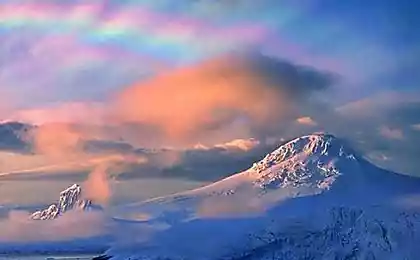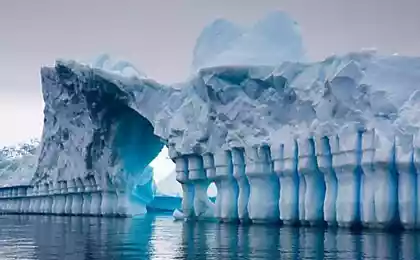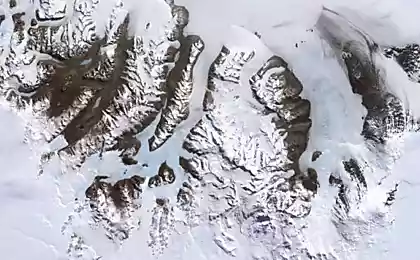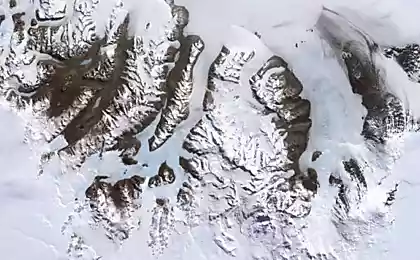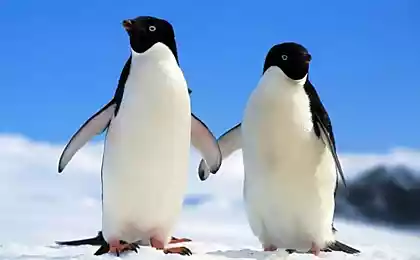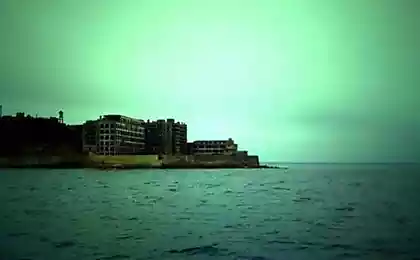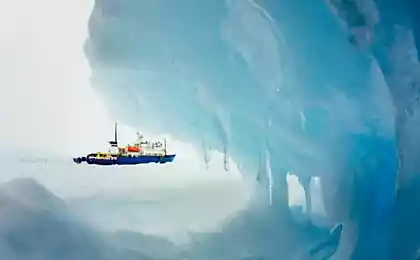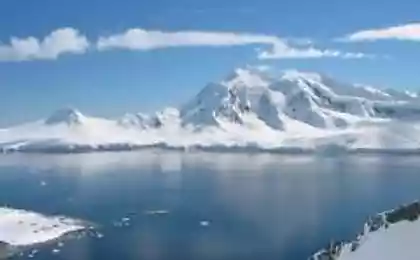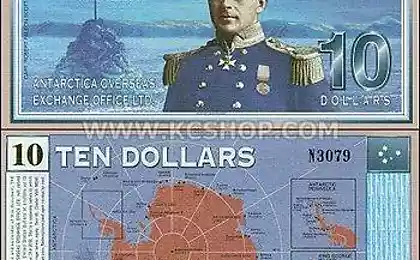1426
Interesting facts about Antarctica
Antarctica - the seventh and the most lifeless continent on the planet. For many years, scientists are trying to find out what is hidden under the ice of the cold giant, exploring the flora and fauna and are trying to unravel the mysteries of the local. Under the cut for you some interesting facts about Antarctica
Antarctica is the coldest, windy, high and driest continent on the planet.
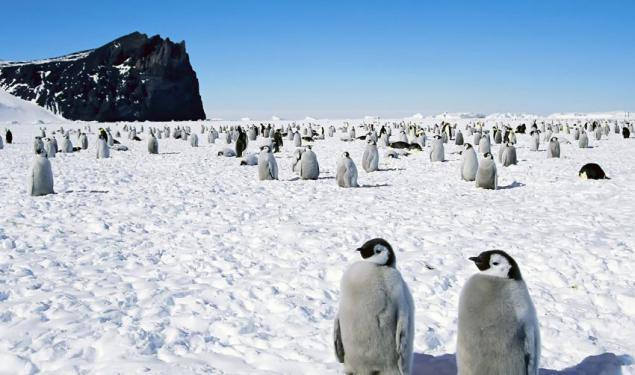
Antarctica - the desert, despite the fact that it holds 70 percent of the world's fresh water. The average on the continent falls no more than six centimeters of rain per year. Most of them are in the eastern part of the continent. These figures are comparable to those of the Sahara desert.
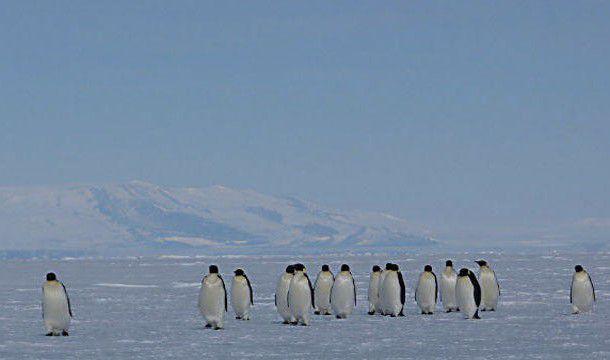
In winter, the area of sea ice around Antarctica grows at a rate of more than 64 thousand square kilometers a day.
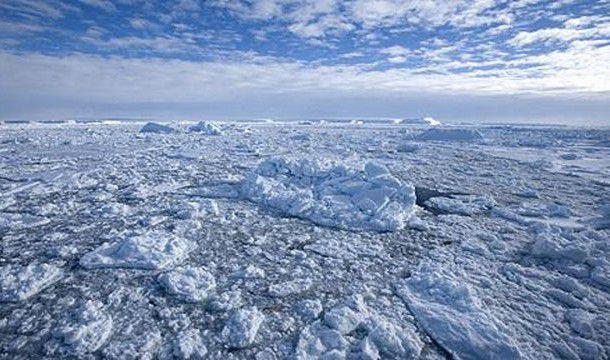
Only 2 percent of the continent can be seen from under the ice.
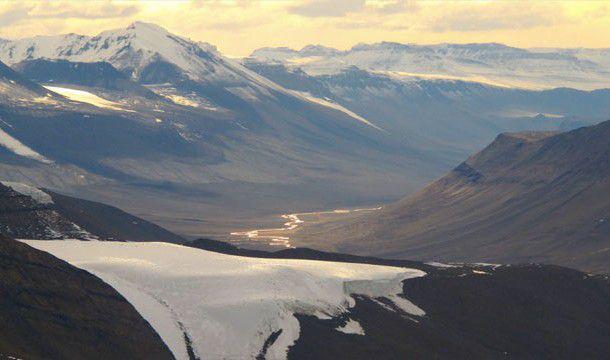
The ice of Antarctica are so heavy that deforms the South Pole. In fact, its weight makes the Earth a few pear shape.
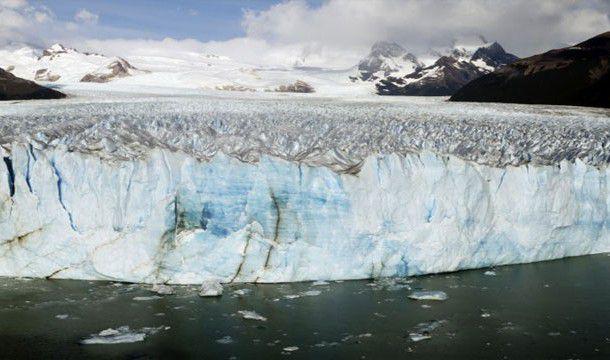
Antarctica holds the first place in the rating of the lowest recorded temperature in the world, namely, -84, 5 ° C. This temperature was observed at the Russian Vostok Station in 1983. At this temperature, the steel shatters and explodes the water, turning into some ice crystals. Forces of Nature rarely take such a ferocious character as in the Antarctic, making the continent is one of the most inhospitable places on earth.

The continent is subject to regular downward winds reaching 300 kilometers per hour, which blow from the center of the continent.
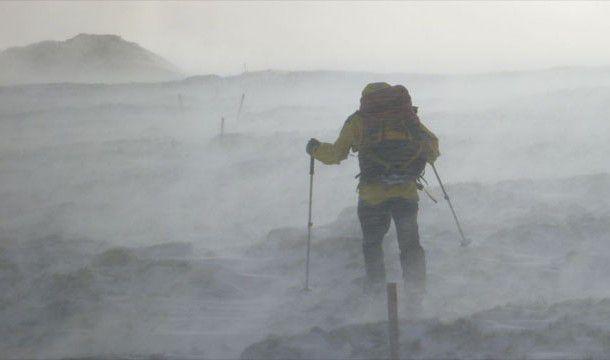
The first people who reached the South Pole, the participants were the Norwegian expedition led by Roald Amundsen on December 14, 1911. A month later, a British expedition of Robert Scott also reached 90 degrees south latitude, but its members were tragically killed on the way back.
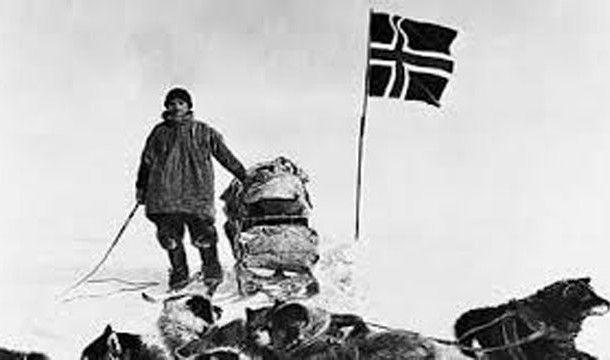
Assumptions about the existence of "South Land" remained unconfirmed until the early 1820s. And after World War II there was a real boom in scientific research on the continent.

Today, seven countries declared their territorial claims on Antarctica (Argentina, Australia, Chile, France, New Zealand, Norway and the United Kingdom), but not all countries, including the United States and Russia recognize these claims.
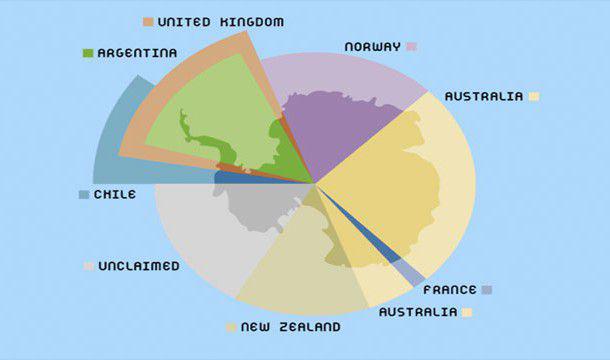
In order to create a legal framework for the activities of the nations on the continent, it was signed the Antarctic Treaty, which it does not deny, and did not confirm the existing territorial claims. The document envisages demilitarization of Antarctica.
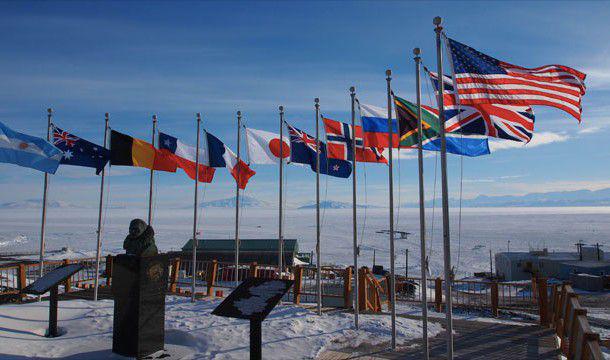
Poradoksalno Oddly, one of the biggest threats to researchers and other people living on the continent - is a fire. Dry environment increases the likelihood of its occurrence and complicates attempts to extinguish it.
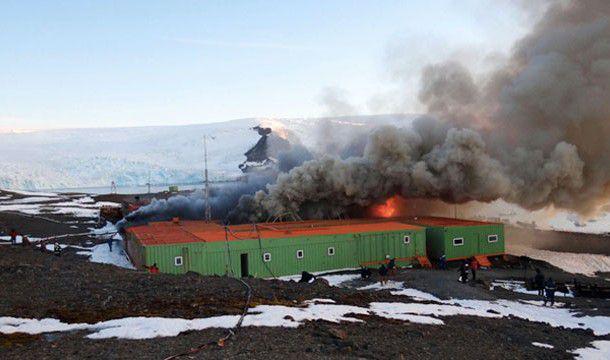
Antarctica is the largest unspoiled territory on Earth.
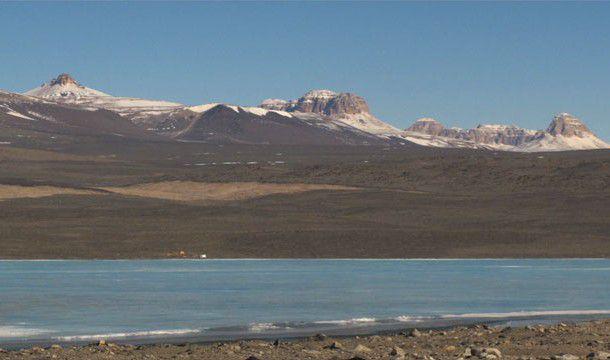
Antarctica contains 90% of the world's ice.

In summer, more radiation reaches the South Pole than the equator. This is because the hole in the ozone layer over Antarctica is the largest known and is 27 million square kilometers.
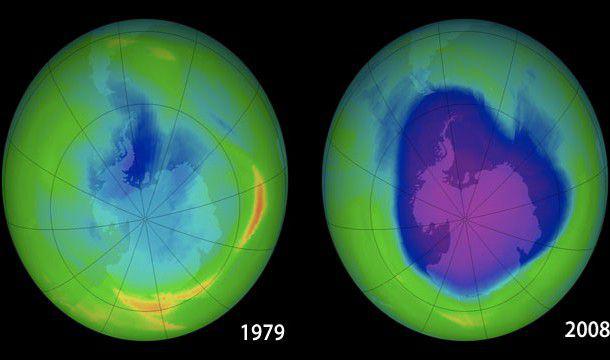
Ice Marathon in the Antarctic - an annual stokilometrovy run that takes place on the ice sheet in the shadow of Ellsworth just a few hundred miles from the South Pole.
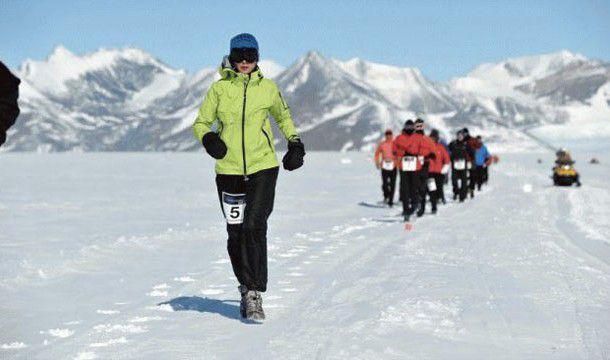
Source: list25.com
Antarctica is the coldest, windy, high and driest continent on the planet.

Antarctica - the desert, despite the fact that it holds 70 percent of the world's fresh water. The average on the continent falls no more than six centimeters of rain per year. Most of them are in the eastern part of the continent. These figures are comparable to those of the Sahara desert.

In winter, the area of sea ice around Antarctica grows at a rate of more than 64 thousand square kilometers a day.

Only 2 percent of the continent can be seen from under the ice.

The ice of Antarctica are so heavy that deforms the South Pole. In fact, its weight makes the Earth a few pear shape.

Antarctica holds the first place in the rating of the lowest recorded temperature in the world, namely, -84, 5 ° C. This temperature was observed at the Russian Vostok Station in 1983. At this temperature, the steel shatters and explodes the water, turning into some ice crystals. Forces of Nature rarely take such a ferocious character as in the Antarctic, making the continent is one of the most inhospitable places on earth.

The continent is subject to regular downward winds reaching 300 kilometers per hour, which blow from the center of the continent.

The first people who reached the South Pole, the participants were the Norwegian expedition led by Roald Amundsen on December 14, 1911. A month later, a British expedition of Robert Scott also reached 90 degrees south latitude, but its members were tragically killed on the way back.

Assumptions about the existence of "South Land" remained unconfirmed until the early 1820s. And after World War II there was a real boom in scientific research on the continent.

Today, seven countries declared their territorial claims on Antarctica (Argentina, Australia, Chile, France, New Zealand, Norway and the United Kingdom), but not all countries, including the United States and Russia recognize these claims.

In order to create a legal framework for the activities of the nations on the continent, it was signed the Antarctic Treaty, which it does not deny, and did not confirm the existing territorial claims. The document envisages demilitarization of Antarctica.

Poradoksalno Oddly, one of the biggest threats to researchers and other people living on the continent - is a fire. Dry environment increases the likelihood of its occurrence and complicates attempts to extinguish it.

Antarctica is the largest unspoiled territory on Earth.

Antarctica contains 90% of the world's ice.

In summer, more radiation reaches the South Pole than the equator. This is because the hole in the ozone layer over Antarctica is the largest known and is 27 million square kilometers.

Ice Marathon in the Antarctic - an annual stokilometrovy run that takes place on the ice sheet in the shadow of Ellsworth just a few hundred miles from the South Pole.

Source: list25.com
